2023年 第38卷 第2期
2023, 38(2): 211-229.
doi: 10.1016/S1872-5805(23)60721-8
摘要:
2023, 38(2): 230-246.
doi: 10.1016/S1872-5805(23)60725-5
摘要:
2023, 38(2): 247-282.
doi: 10.1016/S1872-5805(23)60724-3
摘要:
2023, 38(2): 283-304.
doi: 10.1016/S1872-5805(23)60722-X
摘要:
2023, 38(2): 305-316.
doi: 10.1016/S1872-5805(22)60630-9
摘要:
2023, 38(2): 317-326.
doi: 10.1016/S1872-5805(23)60714-0
摘要:
2023, 38(2): 327-336.
doi: 10.1016/S1872-5805(21)60059-8
摘要:
2023, 38(2): 337-346.
doi: 10.1016/S1872-5805(23)60713-9
摘要:
2023, 38(2): 347-355.
doi: 10.1016/S1872-5805(22)60644-9
摘要:
2023, 38(2): 356-368.
doi: 10.1016/S1872-5805(22)60647-4
摘要:
2023, 38(2): 369-377.
doi: 10.1016/S1872-5805(23)60709-7
摘要:
2023, 38(2): 378-384.
doi: 10.1016/S1872-5805(23)60704-8
摘要:
2023, 38(2): 385-392.
doi: 10.1016/S1872-5805(23)60705-X
摘要:
2023, 38(2): 393-404.
doi: 10.1016/S1872-5805(23)60708-5
摘要:



 摘要
摘要 HTML
HTML PDF
PDF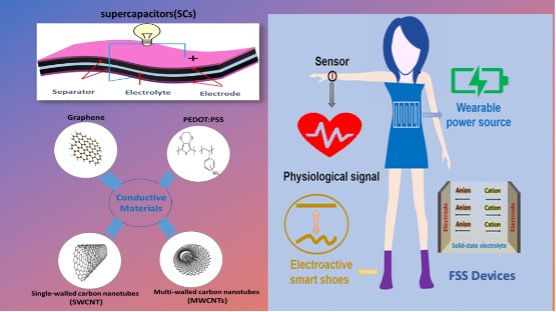
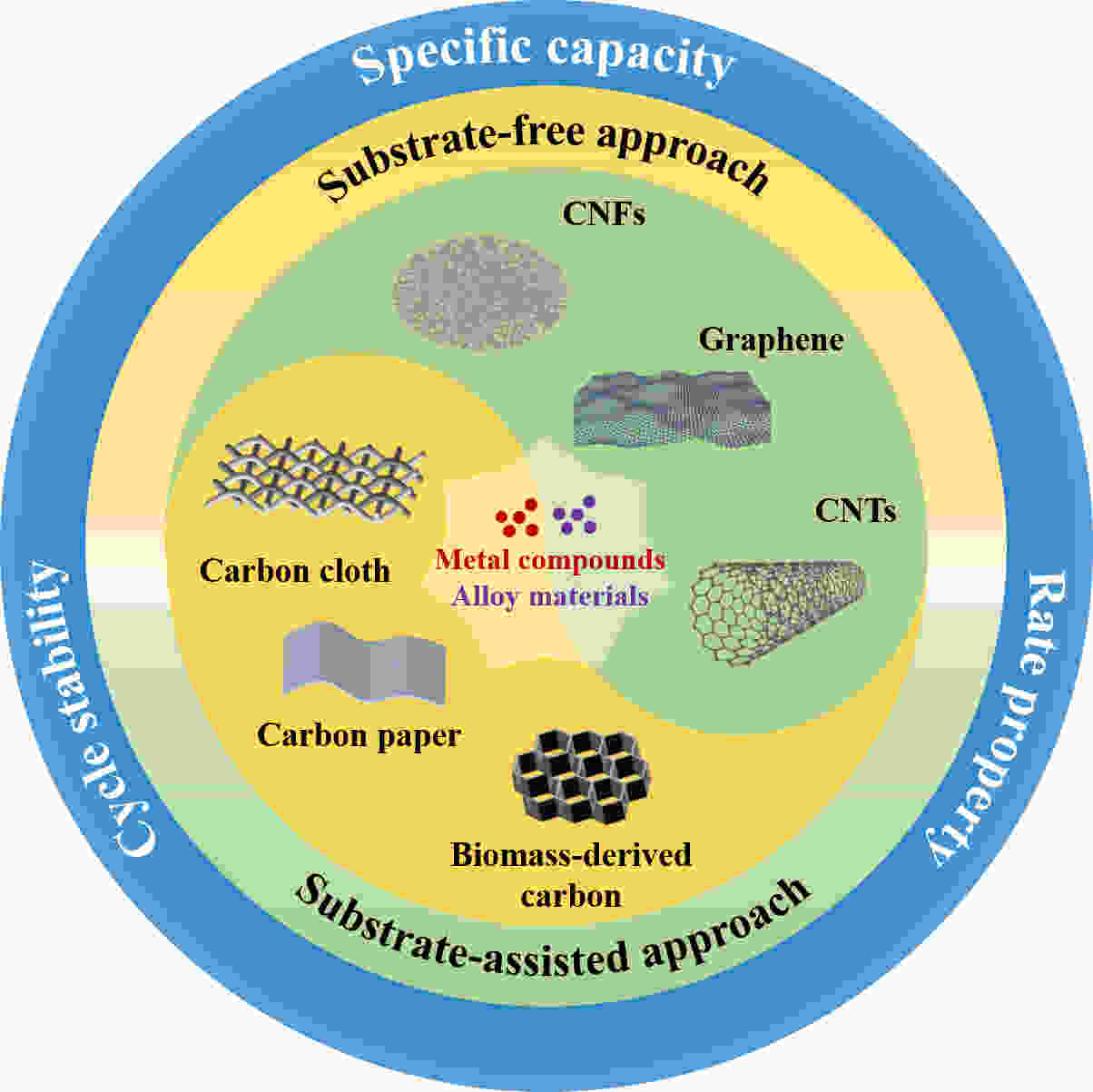


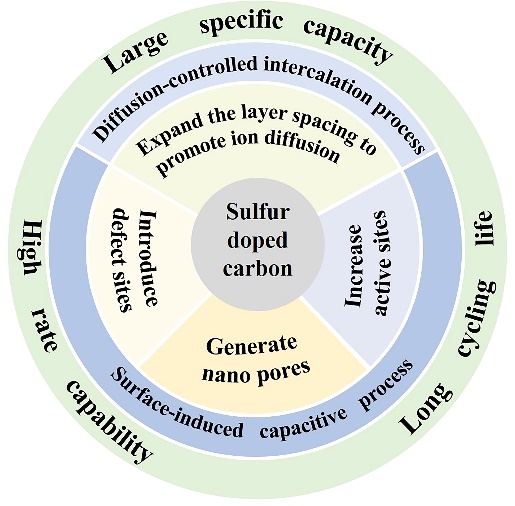
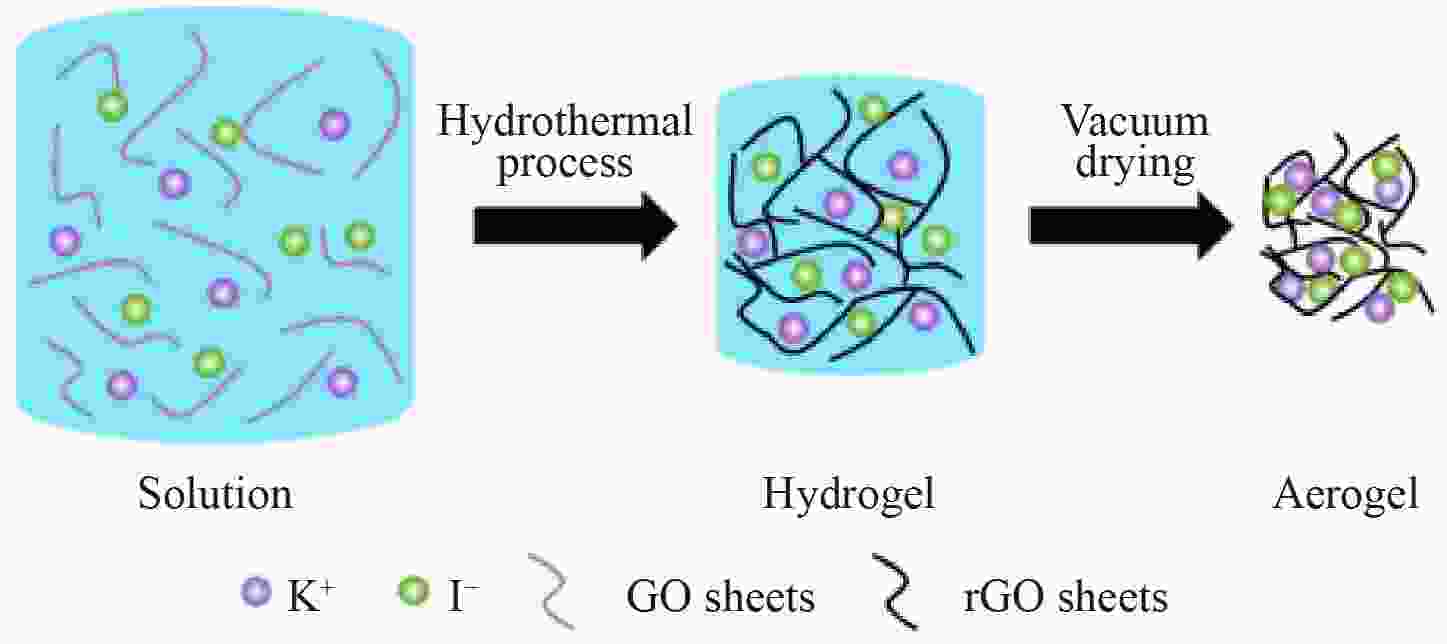
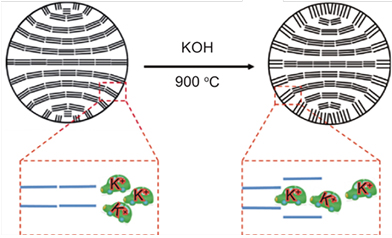
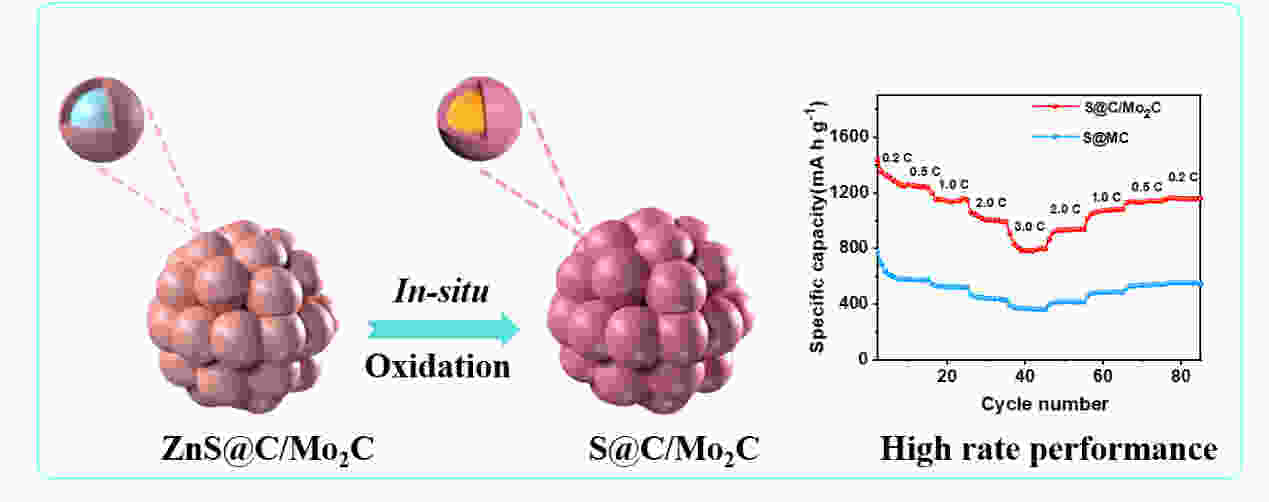
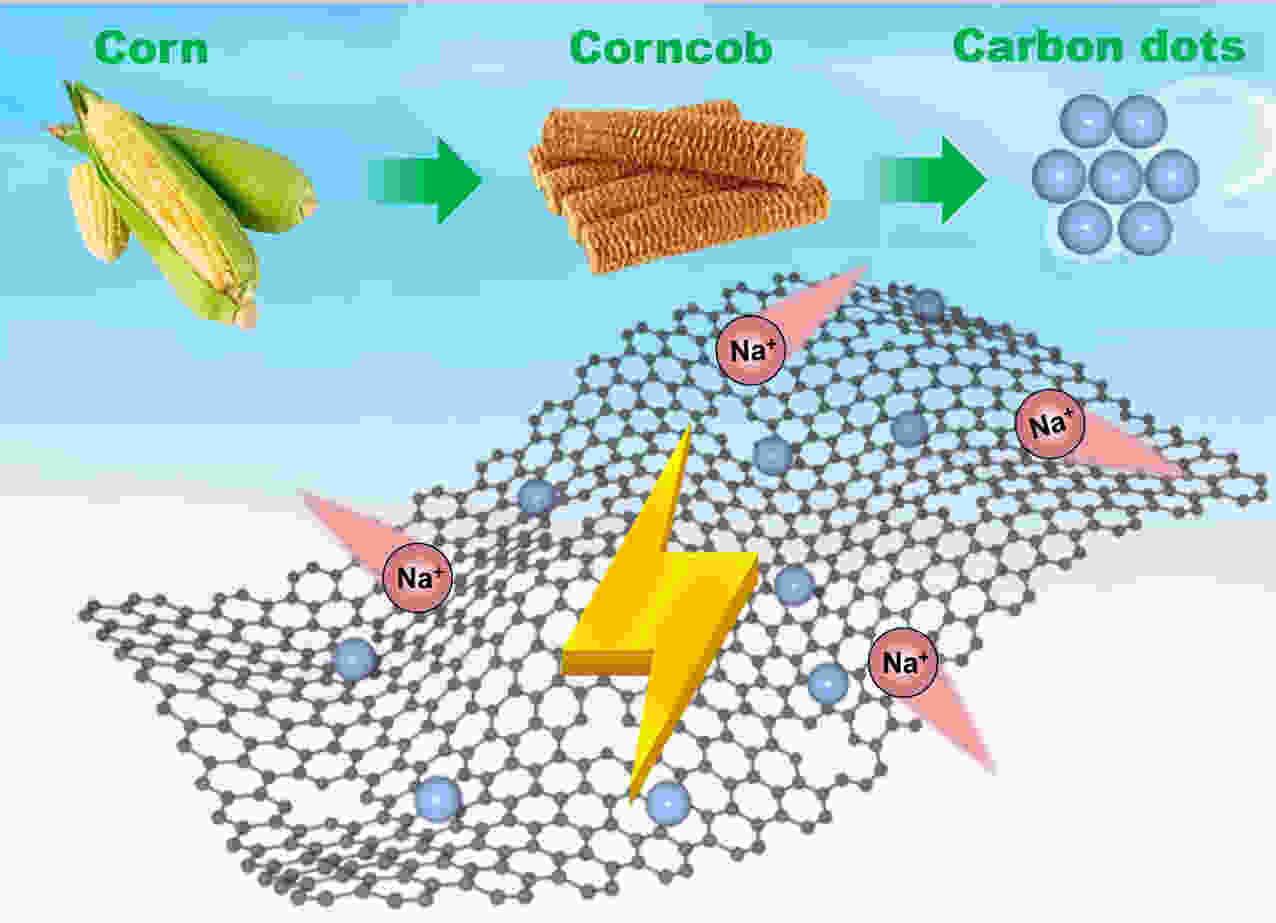

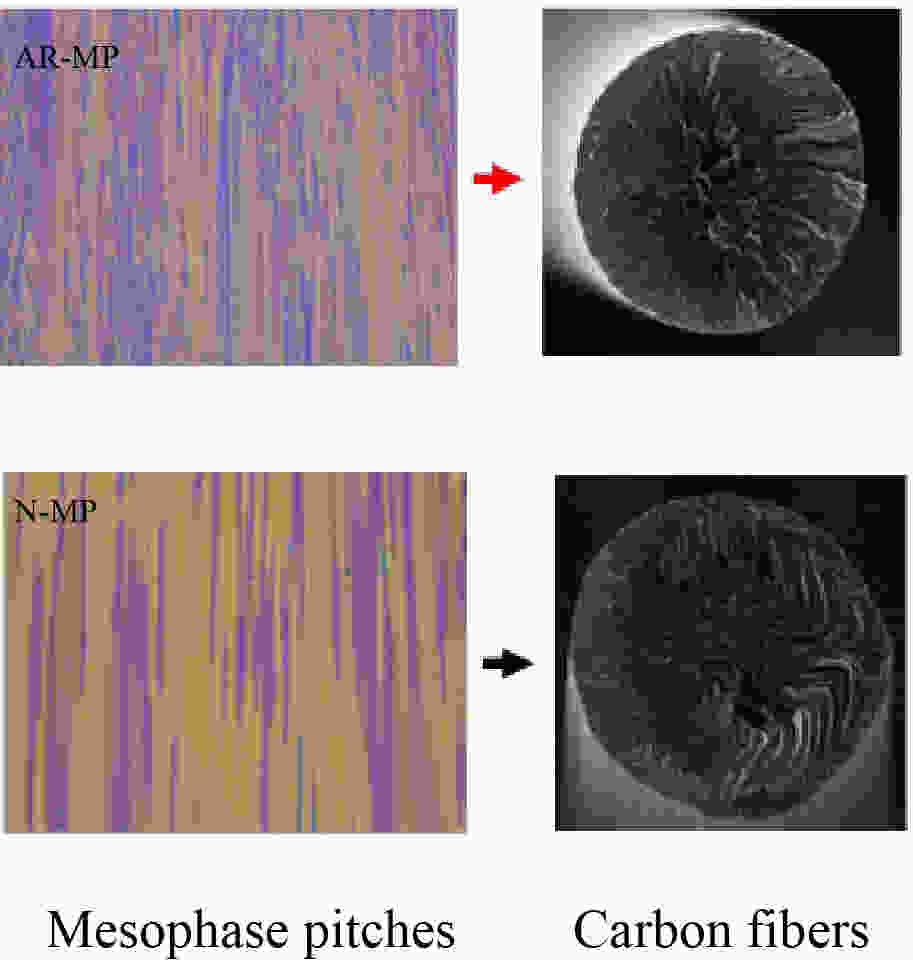
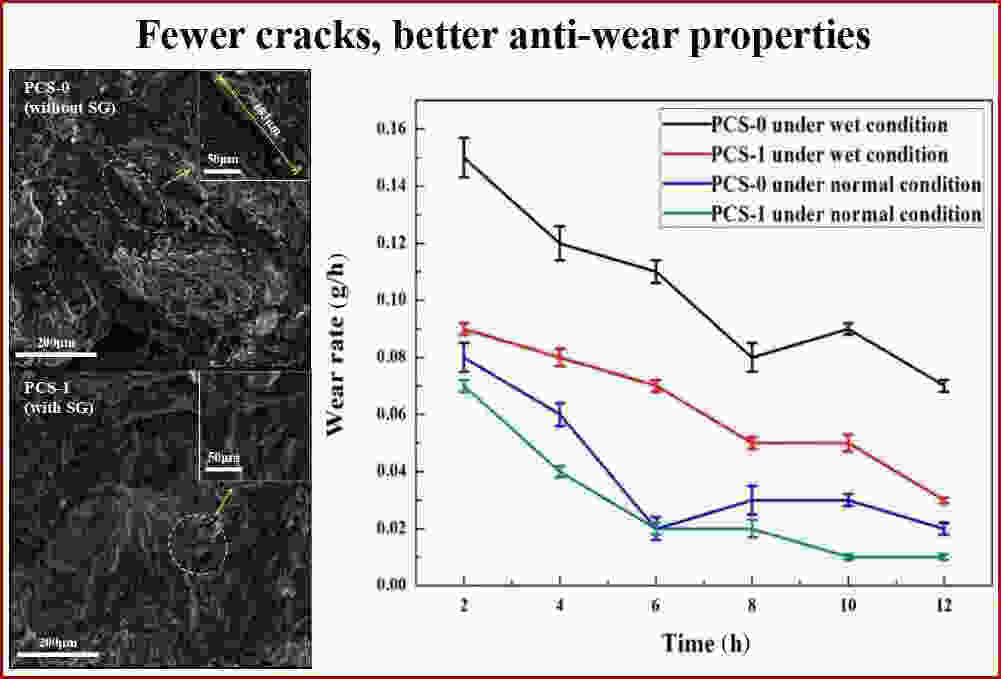
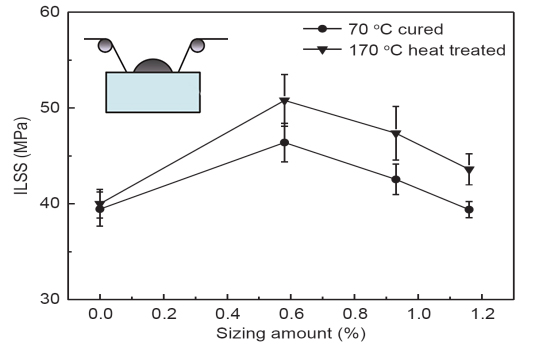
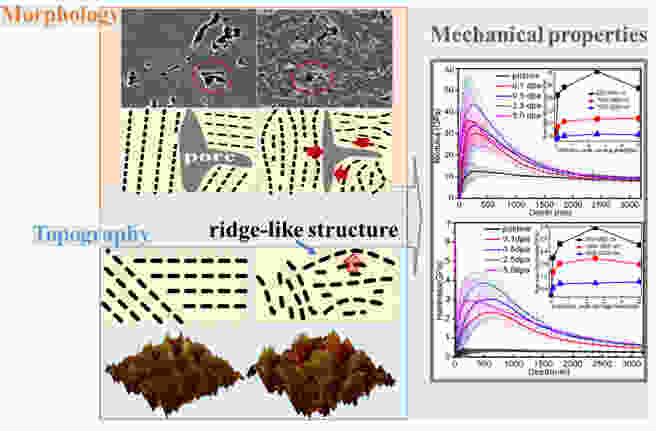


 虚拟专题
虚拟专题

 邮件订阅
邮件订阅 RSS
RSS 下载中心
下载中心 友情链接
友情链接

